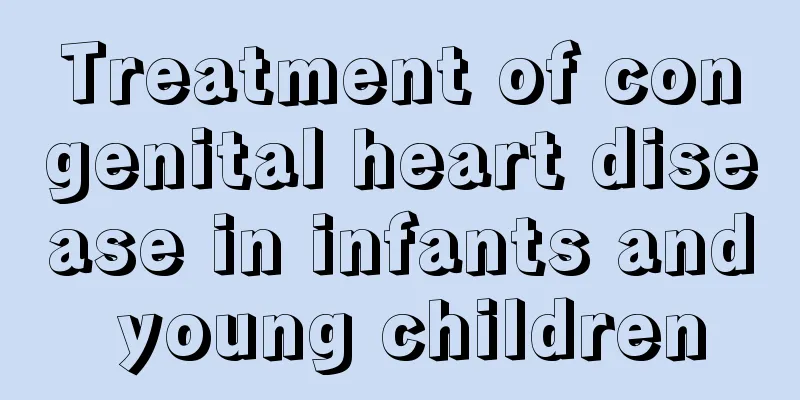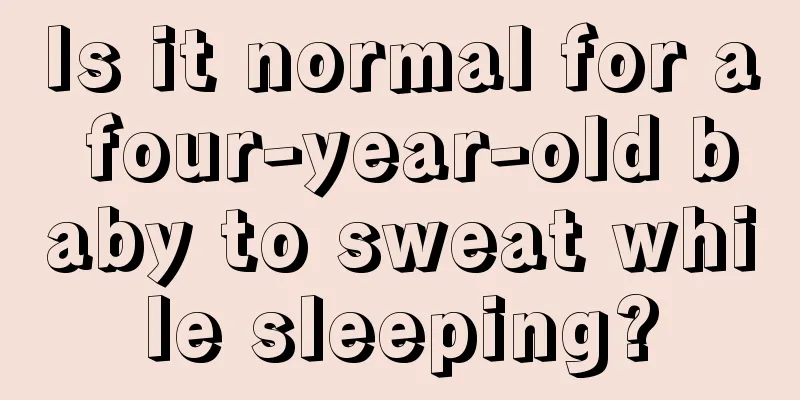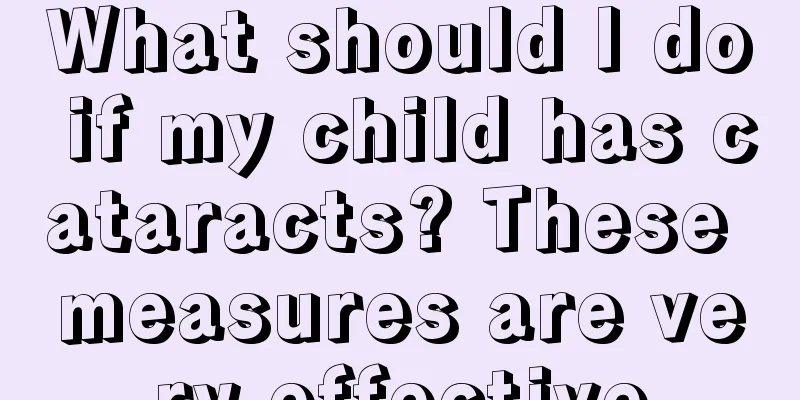Treatment of congenital heart disease in infants and young children

|
In our daily life, many people are always troubled by some diseases. Everyone hopes that they can give birth to a healthy baby. This is often due to the physical reasons of many women, as well as problems with the living environment, some bad living habits and indiscriminate use of drugs, which are particularly prone to congenital heart disease in infants and young children. If not treated in time, it will have a more serious impact on the physical health of infants and young children. Let's learn about the treatment methods of congenital heart disease in infants and young children. Treatment of congenital heart disease in infants and young children There are quite a few children with congenital heart disease, and many parents of these children are concerned about the treatment methods and effects of this disease. Here are several Treatment methods: The following is an introduction to the common treatment methods for congenital heart disease. 1. Patent ductus arteriosus. In principle, all children should undergo surgical treatment, that is, the catheter should be ligated or cut off. The ideal age for surgery is 4 to 15 years old. After the surgery, the murmur will disappear and the heart will gradually shrink to normal. However, infants with large blood shunt volume and frequent respiratory infections or heart failure should undergo surgery early. Patients with heart failure before surgery should have their heart failure actively controlled. In recent years, some people have tried to use oral indomethacin (prostaglandin E synthesis inhibitor) to treat patent ductus arteriosus in premature infants with success. 2. Ventricular septal defect: For children with small ventricular septal defect, except for typical murmurs in infancy, their growth and development, physical activity, electrocardiogram and chest X-ray examination are normal. They do not need surgical treatment, and children's activities and preventive injections should still proceed as usual. There is a possibility that the ventricular septal defect will close automatically. Larger defects require surgical treatment, and the appropriate age for surgery is 2 to 5 years old. For infants who are temporarily unable to undergo surgery, those with severe symptoms should first receive active medical treatment; if medical drug treatment is ineffective, early surgical treatment is preferred. If the symptoms are alleviated and have little impact on daily life, regular diagnosis and treatment can be given in the outpatient clinic, and surgical treatment can be performed when the patient is a little older. Whether to choose pulmonary artery ring ligation or defect repair depends on the severity of the disease, age, and the presence or absence of complications. 3. Atrial septal defect: Children with small defects often have no symptoms and do not require treatment. For those with larger defects, they are more likely to develop pulmonary hypertension and heart failure when they grow into adulthood, so early repair surgery is recommended. 4. Tetralogy of Fallot: Most children can be treated surgically. There are two types of surgeries; one is systemic-pulmonary shunt surgery, which aims to increase pulmonary blood flow, improve hypoxia, and wait for the child to grow to the appropriate age before performing a radical cure. Another type of surgery is called radical surgery, which involves removing the entire deformity, but the mortality rate of surgery is high during infancy. Children with this disease should pay attention to drinking enough water, preventing and treating various diseases, and paying special attention to proper care to avoid paroxysmal hypoxia attacks. The above is an introduction to the treatment methods for congenital heart disease in infants and young children. After understanding it, we know that when choosing a treatment method, we must go to a regular specialist hospital for treatment. In the process of taking care of the baby, we must observe the baby more. If we find that the baby's physical condition is abnormal, we must go to the hospital for consultation and treatment in time. |
<<: Treatment of facial abrasions in children
Recommend
An eight-year-old girl has a painful lump in her breast
The breasts of an eight-year-old girl are in the ...
What to do if your baby has an irritating cough
Irritating cough is a general term for coughs, su...
Tips for removing freckles from children
It is very common to have spots on the face. Howe...
What are the reasons why babies cough violently at night?
Many babies always cough at night, but not often ...
Do premature babies have low intelligence? Four signs can tell you
It is said that premature babies have low intelli...
What should I do if my child keeps complaining about eye pain?
Children's eyes are watery, especially clear ...
What are the hazards of accessory breast in children?
Many girls will find that when the armpit bands a...
Treatment of baby mouth ulcers
Oral ulcers can cause us pain and itching. It is ...
What to do if your child has eczematous dermatitis?
Eczematous dermatitis is a common skin disease in...
What should I do if my child has astigmatism?
Astigmatism is a common eye disease, characterize...
Parents should pay attention to the prevention of anemia in children
Anemia is very common in life, especially in chil...
How to treat allergic conjunctivitis in children
Children's eyes are relatively fragile, and t...
What should I do if my child coughs badly?
Coughing is a common symptom in infants because t...
Is it okay for children to have pit and fissure sealing?
Children's bodies are not as strong as those ...
What to do if your child has difficulty breathing and a bloated stomach
In our lives. Our bodies will show many symptoms....









